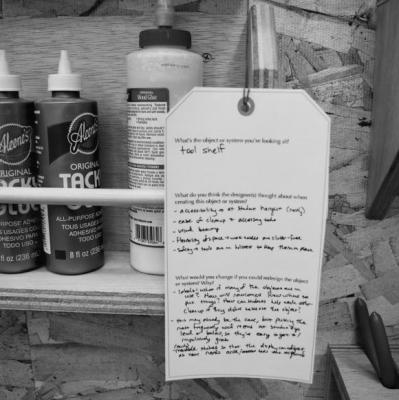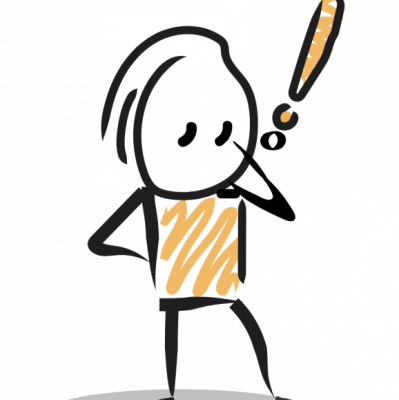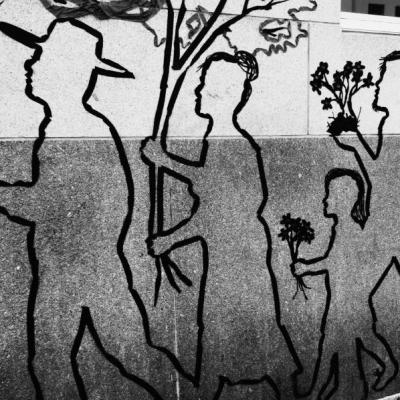This thinking routine helps learners to think in the past, present, and future, viewing their making in the context of a long-term and broad trajectory of learning. It is meant to cultivate an ongoing reflective practice in the classroom.

This thinking routine helps learners to think in the past, present, and future, viewing their making in the context of a long-term and broad trajectory of learning. It is meant to cultivate an ongoing reflective practice in the classroom.


This practice first encourages learners to observe the world around them and look for design, “in the wild,” taking a broad inventory of the designs they notice. Then it asks them to focus in on one object or system to consider the designer’s perspective or to propose redesign ideas.

A protocol for looking closely at content, considering perspectives and representation, and then redesigning or reimagining that content from one's own perspective. Try out the accompanying Learner Workbook!

这个思考模式鼓励学生多方面思考,为一件物品/系统思考各种新的可能性。然后再鼓励学生把新想法融合起来,决定一个有效率的方法去完善,从新设计,和拆解物件/系统。

This thinking routine helps learners slow down and look closely at a system. In doing so, young people are able to situate objects within systems and recognize the various people who participate—directly or indirectly—within a particular system.

Esta rutina primero apoya el pensamiento divergente, a medida que los estudiantes piensan en nuevas posibilidades para un objeto o sistema; luego apoya el pensamiento convergente, a medida que los estudiantes deciden la manera más efectiva para construir, manipular, re/diseñar o alterar un objeto o un sistema.
This routine encourages learners to slow down and make careful, detailed observations as they look beyond the obvious features of an object or system and think about how it works. This thinking routine can help foster curiosity as children notice details, ask questions, make connections, and identify topics for future inquiry.

This practice promotes noticing, play, and exploration. When learners have time to tinker with materials they can gain an understanding of the affordances, possibilities, and constraints inherent in a variety of making materials.